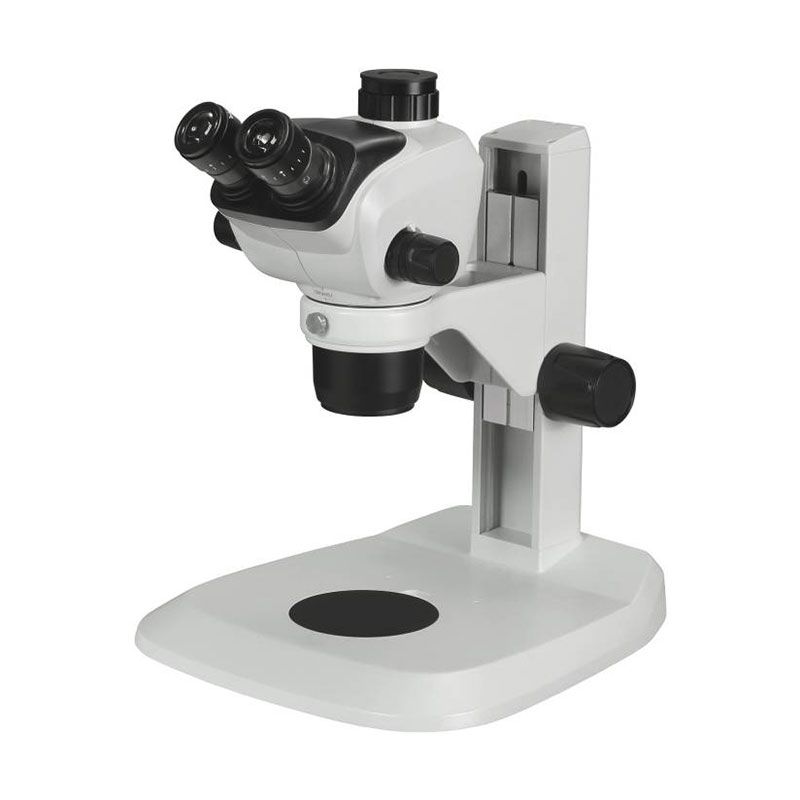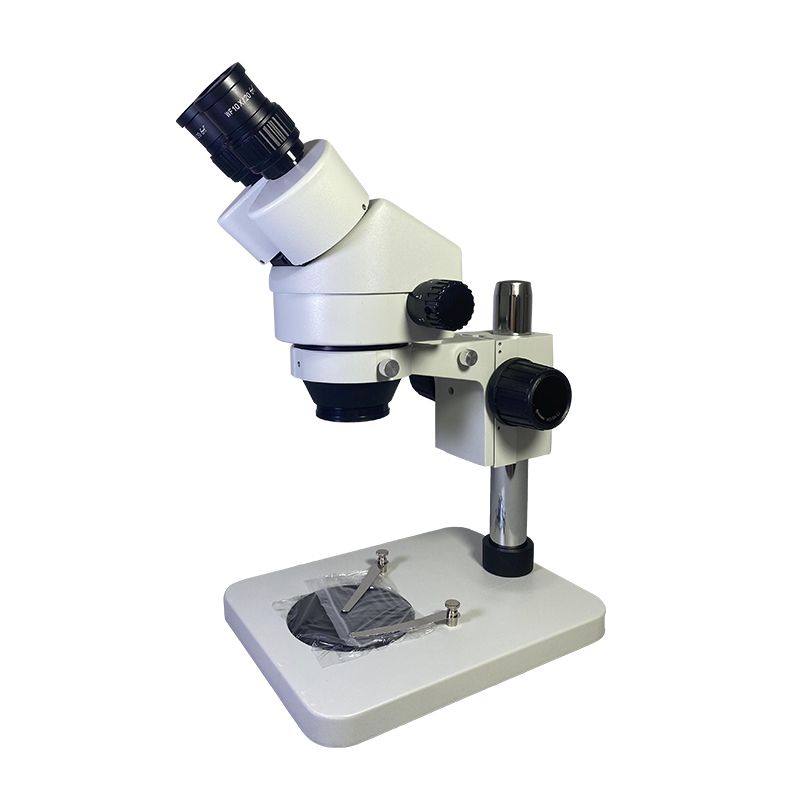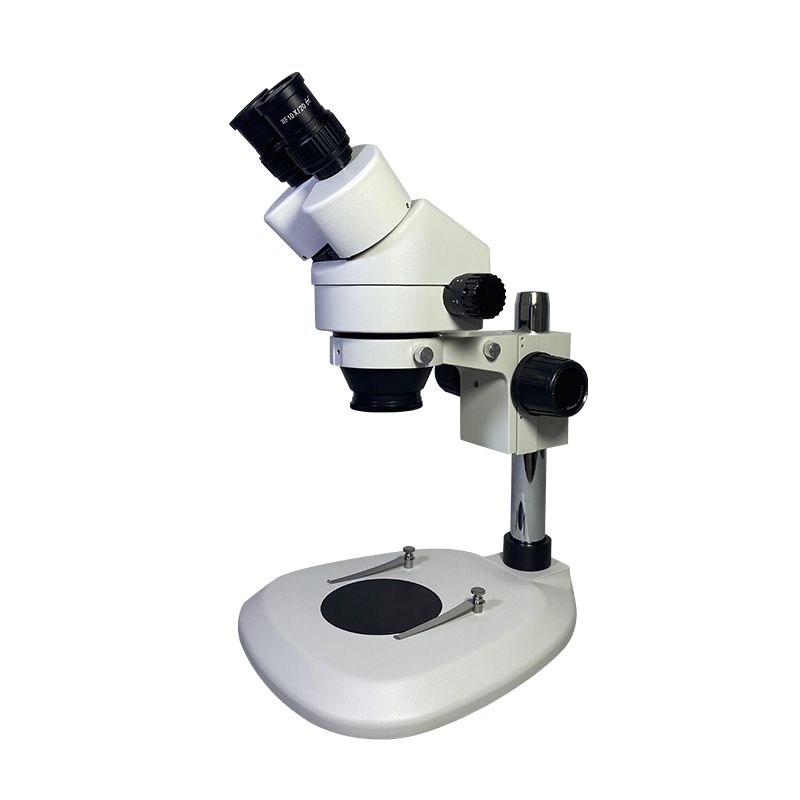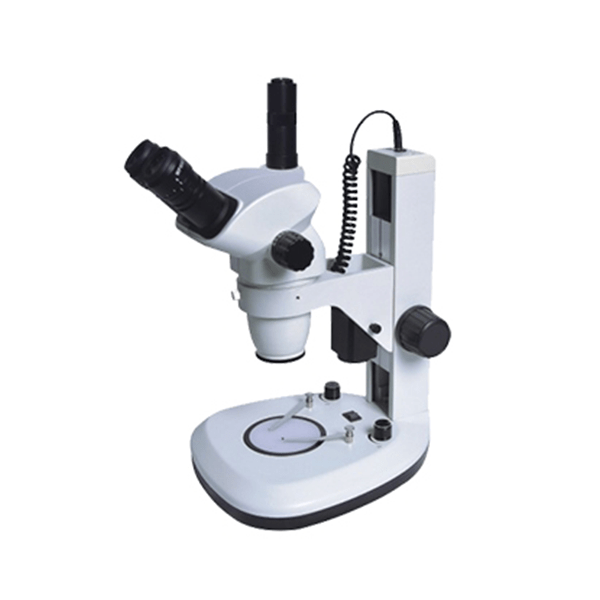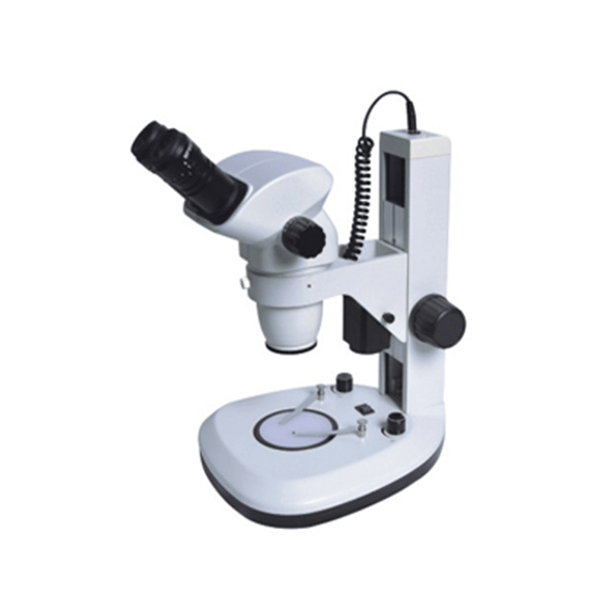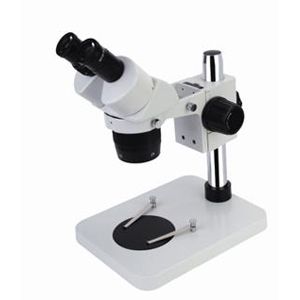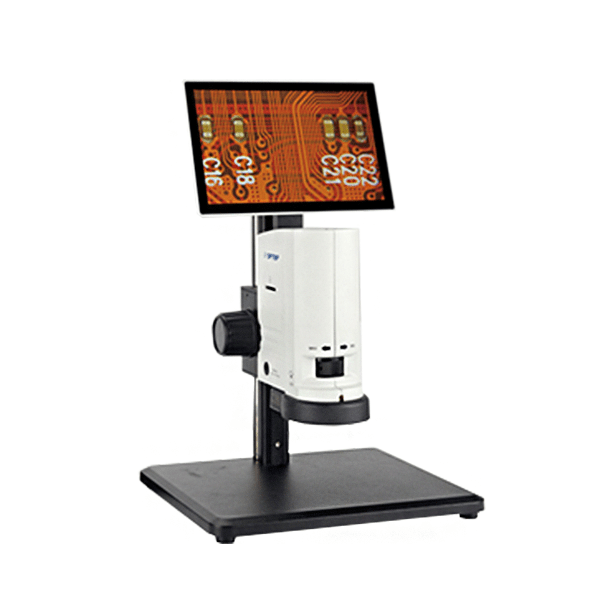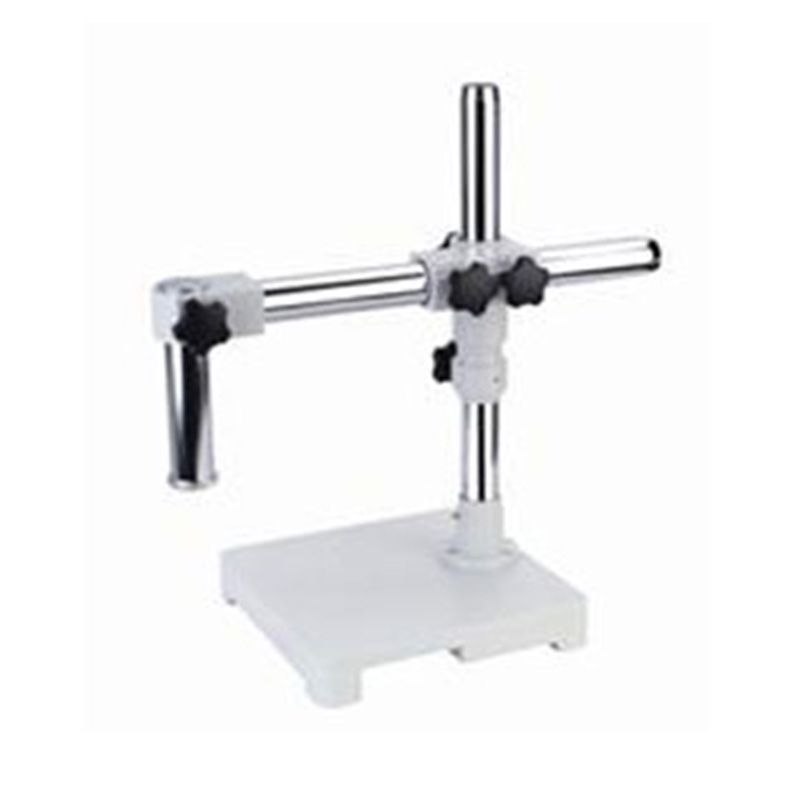A stereo microscope is a versatile tool that can be used for a range of projects, including checking biological samples and electronic components. It can be challenging to decide which stereo microscope is best for you because there are so many different models available. By understanding the factors to consider when choosing a stereo microscope, you can make an informed decision and get the most out of your investment. There are many factors to consider when choosing the right stereo microscope for your needs. Here are some of the most important ones:
1. Choose the magnification range of the stereo microscope
The magnification range of a stereo microscope is the range of magnifications that it can provide. The sort of specimens you will be seeing and the level of detail you need to see will determine the magnification range you require. Here are some aspects to consider when choosing the magnification range of a stereo microscope:
- The size of the specimen
You will require less magnification the larger the specimen is. For example, if you are viewing a coin, you may only need a magnification of 10x. However, if you are viewing a small insect, you may need a magnification of 50x or higher.
- The level of detail you need to see
You will be able to see more detail the greater the magnification. Higher magnification, though, also results in a reduced field of view. This implies that you can only view a tiny area of the specimen at once.
- The type of work you will be doing
Higher magnification is needed for some tasks than others. For instance, if you are inspecting PCBs, you will require a strong magnification to examine the intricate features of the circuit board.
- Your budget
Stereo microscopes with a wide magnification range tend to be more expensive than those with a narrower range.
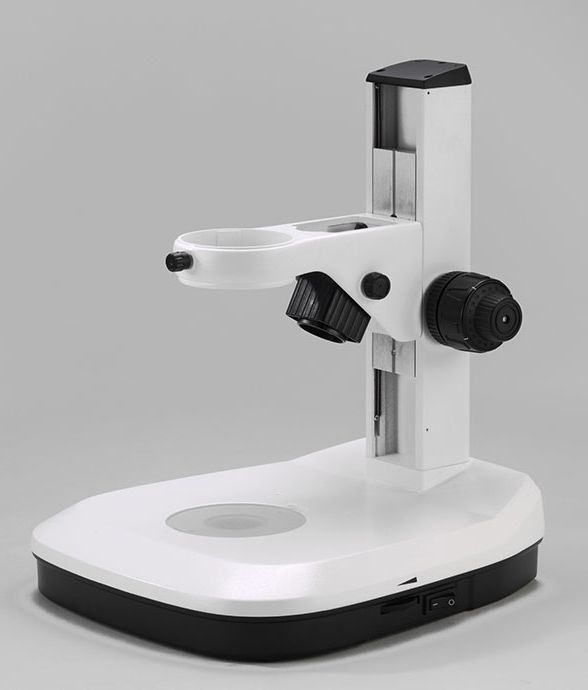
2. Choose the working distance of the stereo microscope
The distance between the objective lens and the specimen is the stereo microscope’s working distance. The size and shape of the specimens you will be studying, as well as the kind of work you will be conducting, will determine the working distance you require. You will want a microscope with a long working distance for large specimens. You can get away with using a microscope with a reduced working distance for small specimens. Here are some aspects to consider when choosing the working distance of a stereo microscope:
- The size of the specimen
You will require a longer working distance the larger the specimen. This is due to the fact that in order to view the entire specimen at once, you will need to be able to remove the objective lens from the specimen.
- The shape of the specimen
Some specimens, such as insects, have sharp edges that can damage the objective lens. If you will be viewing these types of specimens, you will need a microscope with a long working distance.
- The type of work you will be doing
Working distance requirements vary depending on the type of work. For instance, a microscope with a long working distance is necessary if you plan to inspect PCBs so that you may move the circuit board under the objective lens.
- Your budget
Stereo microscopes with a long working distance tend to be more expensive than those with a shorter working distance.
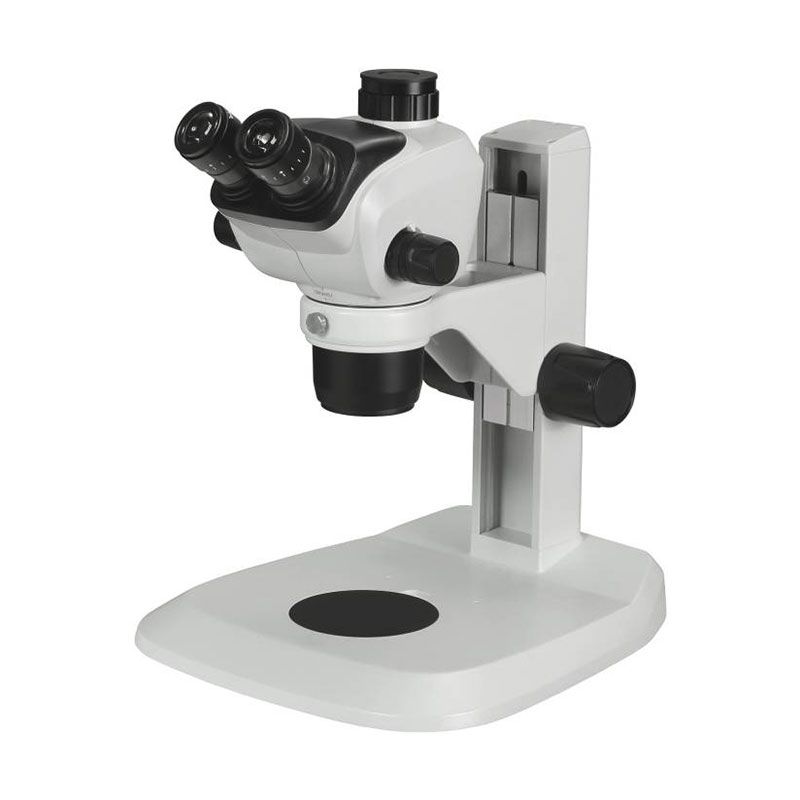
3. Choose the field of view of the stereo microscope
The region of the specimen that may be seen at once in a stereo microscope is known as the field of view. The size of the specimen and the type of work you will be conducting will determine the field of view you require. For large specimens, you will need a microscope with a wide field of view. For small specimens, you can get away with a microscope with a narrower field of view. Here are some aspects to consider when choosing the field of view of a stereo microscope:
- The size of the specimen
You will need a wider field of view as the specimen gets bigger. This is necessary so that you can see the entire specimen at once.
- The type of work you will be doing
More than others, some jobs call for a larger field of vision. For instance, a microscope with a broad field of view is necessary if you plan to inspect PCBs so that you can see the entire circuit board at once.
- Your budget
Stereo microscopes with a wide field of view tend to be more expensive than those with a narrower field of view.
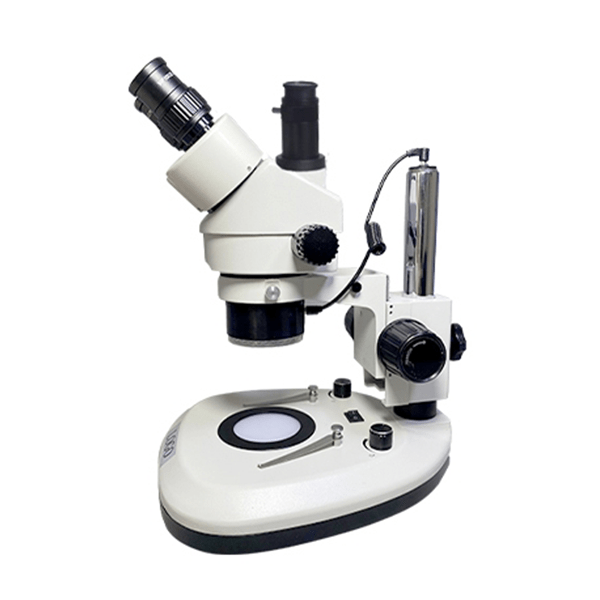
4. Choose the illumination of the stereo microscope
The method by which the specimen is lit in a stereo microscope is called illumination. Light is illuminated in one of two ways: transmitted light or reflected light. Transparent specimens are viewed under transmitted light. Viewing opaque specimens requires the utilization of reflected light. The kind of specimens you’ll be looking at will determine the kind of lighting you need. Here are some aspects to consider when choosing the illumination of a stereo microscope:
- The type of specimen
The kind of illumination you require depends on the kind of specimen you’ll be looking at. Transmitted light is the ideal method for viewing transparent objects, such as tissue samples. The greatest way to see opaque items, like insects, is with reflected light.
- The contrast of the specimen
The type of illumination you want will also depend on how contrasty the specimen is. Compared to high-contrast specimens, low-contrast specimens may require more strong illumination.
- The depth of field
The distance that the specimen stays in focus is measured by the depth of field. The depth of field of transmitted light illumination is typically smaller than that of reflected light illumination.
- Your budget
The cost of stereo microscopes with various sources of illumination might vary. When deciding what kind of lighting you require, it’s crucial to take your budget into account.
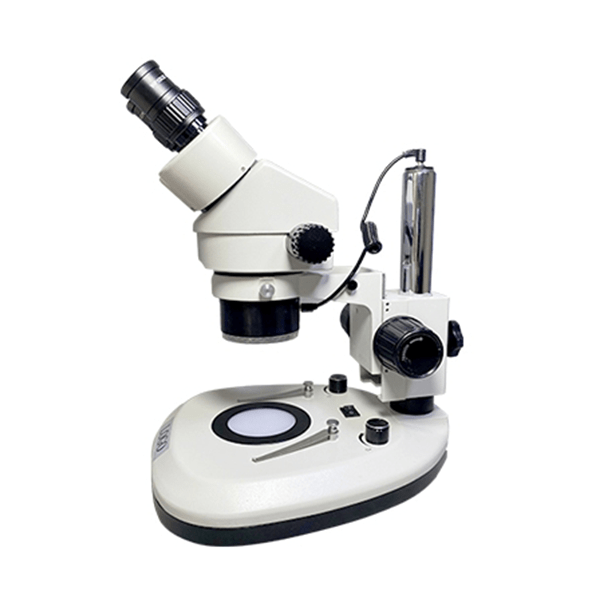
Conclusion
It is always preferable to purchase a microscope with a higher magnification range than you believe you will want if you are unsure of the range of magnification you require. Get a microscope with a long working distance if you plan to see large specimens. Get a microscope with a high magnification range and a large field of view if you plan to examine small specimens. It’s critical to choose a comfortable microscope if you plan to use it for extended periods. In addition to these factors, you should also consider the price of the microscope, the warranty, and the availability of support.
